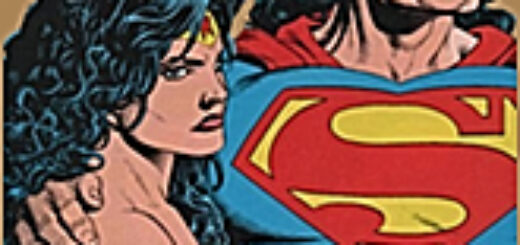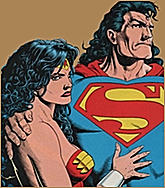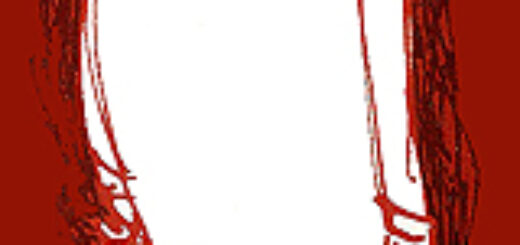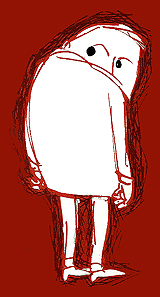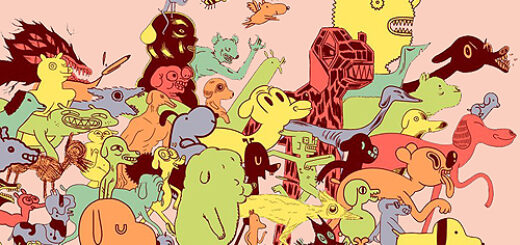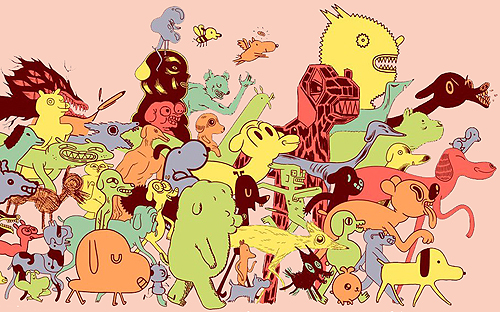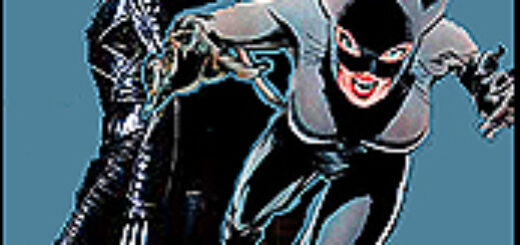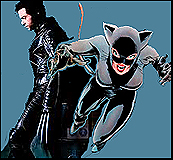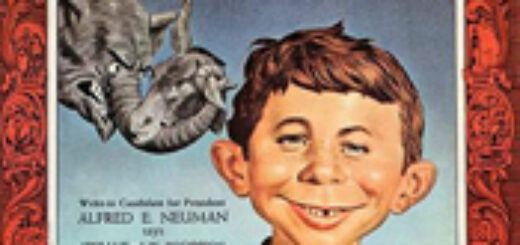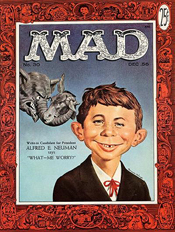Mike Gold: 52 Comics Pick-Up
Nope. This one isn’t what you might think. To paraphrase Li’l Willie Shakespeare, “Not that I loved the New 52 less, but that I loved DC more.”
The New 52 is not dead. Heck, it’s not even coughing up blood. Sure, a great many of the titles they started out with aren’t around any more, and yes, in June they replace a whole bunch of others (although several seem to be excuses for new #1s), and, certainly, they’re dropping the “New 52” branding, but the New 52 is alive and well.
That’s a mixed blessing. As crappy as most of the New 52 was, I prefer to look at this new stunt as an evolutionary change and not as a reboot. You know, just like what Marvel’s doing with their latest Secret Wars event. The one that starts the month before. Super-hero publishing is a pyramid scheme infused with Newtonian physics.
It’s been around for about three and one-half years, so the New 52 is hardly new. And, well, actually, they’re not really publishing 52 DCU books each month. If I’m counting correctly, in June they’ll have 49 – plus whatever annuals, specials, and clutter that may be. Or, maybe, the only reason they’re dropping the tag line is because it leaves a bitter taste… much like, oh, New Coke.
(Hey, Mike! Damn with faint praises much?)
The news sites have been full of the details of what’s missing and what’s coming and who’s doing what, and since ComicMix is an opinion site littered with some of the finest critical minds on Earth-Prime, I’ll cut to the commentary.
Many of DC’s new titles (New 24?) appear to be flop-oriented. Is the world really lusting for a brand-new Prez series? Bat-Mite? Harley Quinn and Power Girl? Bizarro? Maybe Section 8 will click – it certainly has the pedigree – but in the aggregate, the chances for long-term survival for some of these books appears minimal.
The fact is, I applaud many of these decisions. Do something different. Do something a little wacky. They’re not breathing new life into these (and other) characters, they’re breathing new life into the DCU. Original Marvel publisher Martin Goodman thought Spider-Man and the X-Men would flop. Superman sat in the drawer unsold for years. So, history tells us nobody knows what the hell is going to stick to the wall. Marvel’s bringing back Howard the Duck based upon a 10 second post-credit appearance in Guardians of the Galaxy; you’re telling me a Bat-Mite title is a bad idea? Who knows?
I’m looking forward to a few of the titles, although I will sample more than that. Most of all, I’m looking forward to the new Doctor Fate series by Paul Levitz and Sonny Liew. I love the character, Levitz has a solid track record with Justice Society heroes, and the guy is a lot more interesting than your off-the-shelf mystical hero.
On the other hand… I see where we’re getting a new Green Arrow #1 in July. Who would have ever expected First Issue Special would be so influential?








